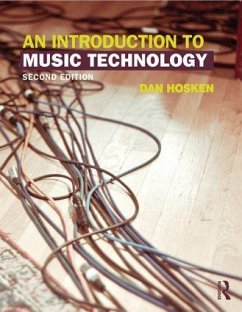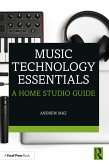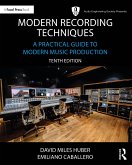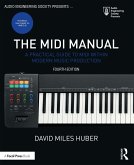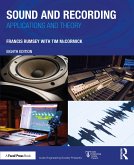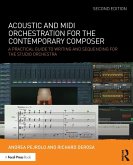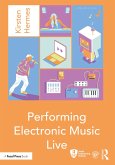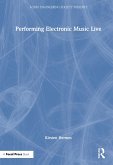An Introduction to Music Technology, Second Edition provides a clear overview of the essential elements of music technology for today's musician. This book focuses on the topics that underlie the hardware and software in use today: Sound, Audio, MIDI, Computer Notation, and Computer- Assisted Instruction. Appendices cover necessary computer hardware and software concepts. Written for both music technology majors and non-majors, this textbook introduces fundamental principles and practices so students can learn to work with a wide range of software programs, adapt to new music technologies, and apply music technology in their performance, composition, teaching, and analysis.
Features:
Thorough explanations of key topics in music technology
Content applicable to all software and hardware, not linked to just one piece of software or gear
In-depth discussion of digital audio topics, such as sampling rates, resolutions, and file formats
Explanations of standard audio plug-ins including dynamics processors, EQs, and delay based effects
Coverage of synthesis and sampling in software instruments
Pedagogical features, including:
Further Reading sections that allow the student to delve deeper into topics of interest
Suggested Activities that can be carried out with a variety of different programs
Key Terms at the end of each chapter
What Do I Need? Chapters covering the types of hardware and software needed in order to put together Audio and MIDI systems
A companion website with links to audio examples that demonstrate various concepts, step-by-step tutorials, relevant hardware, software, and additional audio and video resources.
The new edition has been fully updated to cover new technologies that have emerged since the first edition, including iOS and mobile platforms, online notation software, alternate controllers, and Open Sound Control (OSC).
Features:
Thorough explanations of key topics in music technology
Content applicable to all software and hardware, not linked to just one piece of software or gear
In-depth discussion of digital audio topics, such as sampling rates, resolutions, and file formats
Explanations of standard audio plug-ins including dynamics processors, EQs, and delay based effects
Coverage of synthesis and sampling in software instruments
Pedagogical features, including:
Further Reading sections that allow the student to delve deeper into topics of interest
Suggested Activities that can be carried out with a variety of different programs
Key Terms at the end of each chapter
What Do I Need? Chapters covering the types of hardware and software needed in order to put together Audio and MIDI systems
A companion website with links to audio examples that demonstrate various concepts, step-by-step tutorials, relevant hardware, software, and additional audio and video resources.
The new edition has been fully updated to cover new technologies that have emerged since the first edition, including iOS and mobile platforms, online notation software, alternate controllers, and Open Sound Control (OSC).
"In an easy-to-read, clear style, Hosken provides an overview of acoustics and psychoacoustics, digital audio, audio hardware; sequencing, recording and notation software; computer-assisted learning, synthesis, sampling, MIDI, etc... In short, a book that will fulfill the demands of college level courses, while still being a useful self-paced learning tool for anybody interested in music technology." - Neil Manel Frau Cortes, Sonograma Magazine

